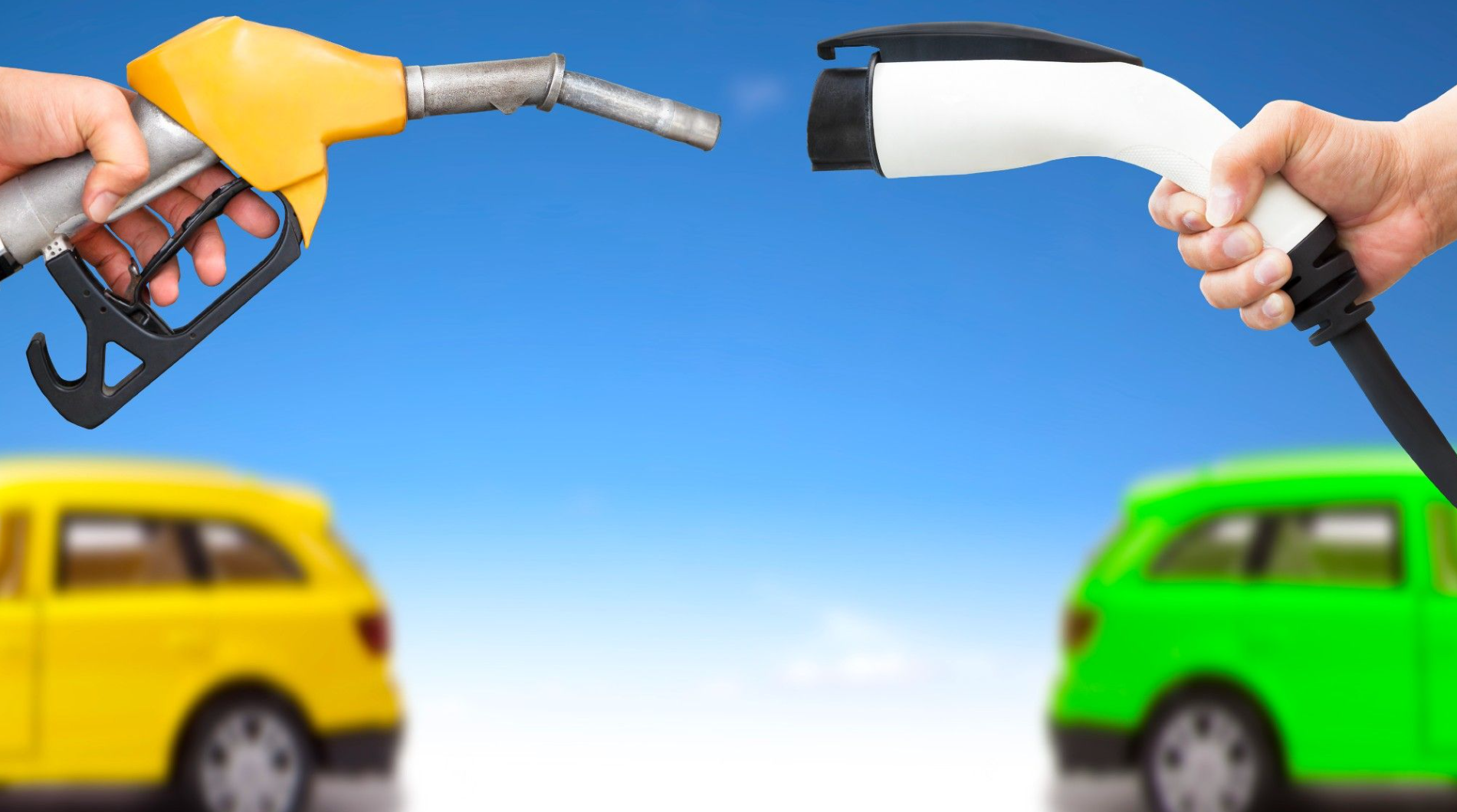Top 10 Car Maintenance Tips to Extend Vehicle Life
Top 10 Car Maintenance Tips to Extend Vehicle Life
Owning a car is not just about driving—it’s also about maintaining it properly. Regular maintenance not only keeps your car running smoothly but also helps extend its life and save money on costly repairs. Whether you drive a brand-new model or an older vehicle, the right upkeep can add years to your car’s performance. In this article, we’ll explore the top 10 car maintenance tips that every vehicle owner should follow to ensure their car stays in top condition for as long as possible.
1. Follow the Manufacturer’s Maintenance Schedule
One of the most important things you can do for your car is to stick to the maintenance schedule recommended in the owner’s manual. This schedule outlines when to perform key services like oil changes, tire rotations, filter replacements, and more.
Why it matters:
Regular maintenance prevents small issues from turning into expensive problems. It also keeps your car’s warranty valid if it’s still under coverage.
Tip: Set reminders on your phone or calendar to stay on top of scheduled services.
2. Change the Engine Oil Regularly
Engine oil is the lifeblood of your car’s engine. It lubricates moving parts, reduces friction, and prevents overheating. Over time, oil becomes dirty and less effective.
Recommended frequency:
Every 5,000 to 7,500 miles, or as specified by your car’s manufacturer.
Signs you need an oil change:
- Engine running louder than usual
- Dirty or dark oil
- Oil change warning light on the dashboard
Bonus tip: Always check your oil level with the dipstick monthly to ensure it’s not running low.
3. Check and Replace Air Filters
Air filters keep dust, dirt, and debris from entering the engine. A clogged air filter can reduce fuel efficiency and affect engine performance.
How often to check:
Inspect every 12,000 to 15,000 miles, or more frequently if you drive in dusty environments.
Benefits of replacing air filters:
- Improved gas mileage
- Better engine performance
- Reduced emissions
4. Inspect and Maintain Tire Health
Your tires are the only part of the vehicle in contact with the road. Keeping them in good shape improves safety, fuel efficiency, and handling.
Tire maintenance checklist:
- Check pressure: Monthly, including the spare. Use a pressure gauge and match the recommended PSI from the owner’s manual.
- Rotate tires: Every 5,000 to 8,000 miles to ensure even wear.
- Check alignment and balance: If your car pulls to one side or the steering feels off, get an alignment check.
Bonus: Inspect for tread wear using the penny test. Insert a penny into the tread with Lincoln’s head down—if you can see his entire head, it’s time to replace the tire.
5. Monitor Brake System
Brakes are essential for your safety. Over time, brake pads wear out, and if ignored, can damage the rotors or lead to brake failure.
When to check:
- At every oil change or every 10,000 miles
- Immediately if you hear squealing, grinding, or feel vibration when braking
Signs of worn brakes:
- Spongy or soft brake pedal
- Increased stopping distance
- Brake warning light
6. Maintain the Battery
Car batteries typically last 3 to 5 years, depending on usage and climate. Cold weather can weaken batteries, and frequent short trips don’t give them time to recharge fully.
Maintenance tips:
- Check the terminals for corrosion (white powdery substance)
- Clean with a baking soda and water solution if needed
- Make sure the battery is secured and connections are tight
- Test voltage regularly using a voltmeter
Pro tip: If your car struggles to start or you hear clicking sounds, your battery may be weak or nearing the end of its life.
7. Check Fluids Regularly
Besides engine oil, your car relies on several other fluids to operate efficiently:
- Coolant/Antifreeze: Prevents overheating and freezing
- Brake Fluid: Ensures smooth braking
- Transmission Fluid: Keeps gear shifts smooth
- Power Steering Fluid: Helps with easy steering
- Windshield Washer Fluid: Improves visibility
How to maintain:
Check fluid levels monthly and top up if low. Also, look for leaks under your vehicle.
8. Keep the Car Clean—Inside and Out
Washing and waxing your car does more than just keep it looking good—it protects the paint and prevents rust.
Exterior care:
- Wash every 2-4 weeks
- Wax every 3-4 months
Interior care:
- Vacuum regularly to prevent wear
- Clean spills to avoid stains and odors
- Use sunshades to protect the dashboard and seats from sun damage
Why it helps:
A clean vehicle is more pleasant to drive and can fetch a higher resale value.
9. Inspect Belts and Hoses
Belts and hoses wear out over time, especially in hot climates. They play crucial roles in your engine’s operation, including powering the alternator, water pump, and more.
What to look for:
- Cracks, fraying, or wear on belts
- Bulges, leaks, or soft spots on hoses
Check frequency:
At least every 30,000 miles or during routine inspections.
Tip: Replacing a worn timing belt or serpentine belt on time can prevent engine failure.
10. Listen and Pay Attention to Your Car
One of the best ways to catch issues early is by simply being aware of how your car sounds and feels.
Watch for:
- Strange noises (knocking, squealing, rattling)
- Unusual smells (burning oil, fuel, or rubber)
- Changes in performance, such as sluggish acceleration or poor fuel economy
Act early:
The sooner you address small issues, the less likely they’ll turn into costly repairs.
Final Thoughts
Taking care of your car doesn’t have to be complicated or expensive. By following these top 10 maintenance tips, you can keep your vehicle running smoothly, extend its lifespan, and avoid major breakdowns. A well-maintained car is safer, more reliable, and more economical in the long run.
Remember: preventive care is always cheaper than repairs. Keep an eye on your vehicle, listen to its signals, and stay consistent with maintenance.









